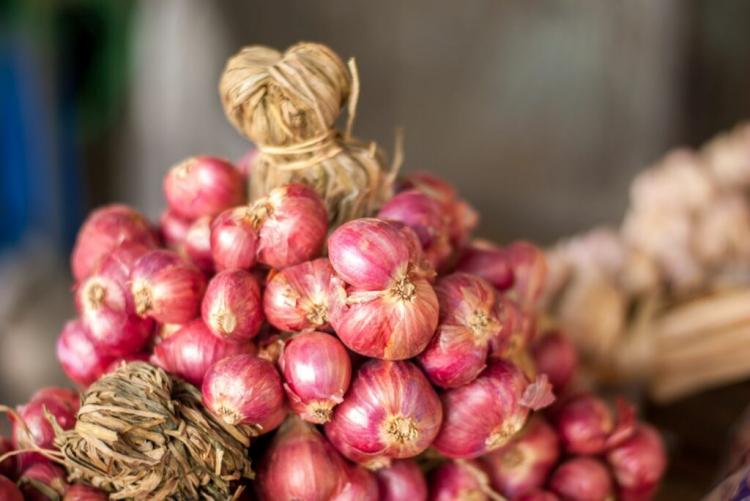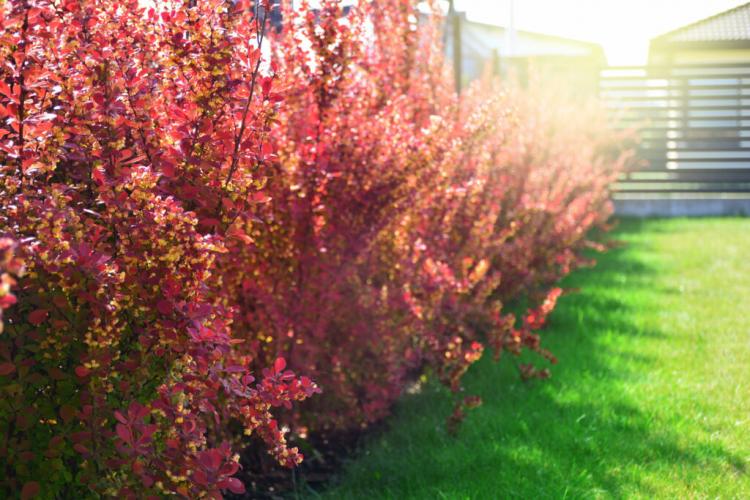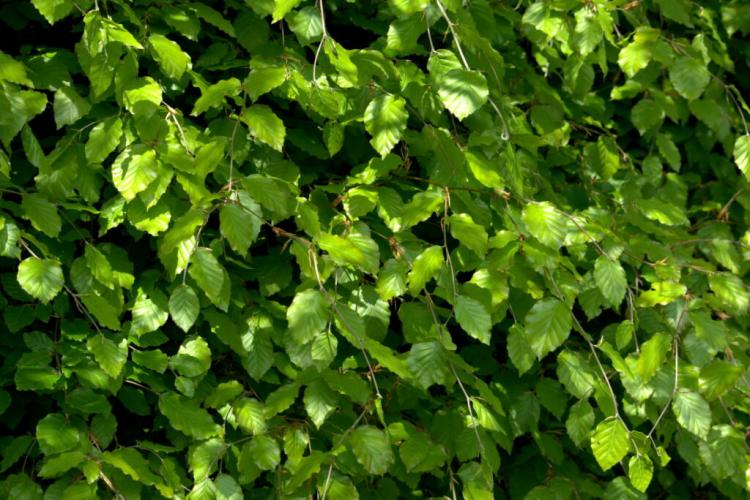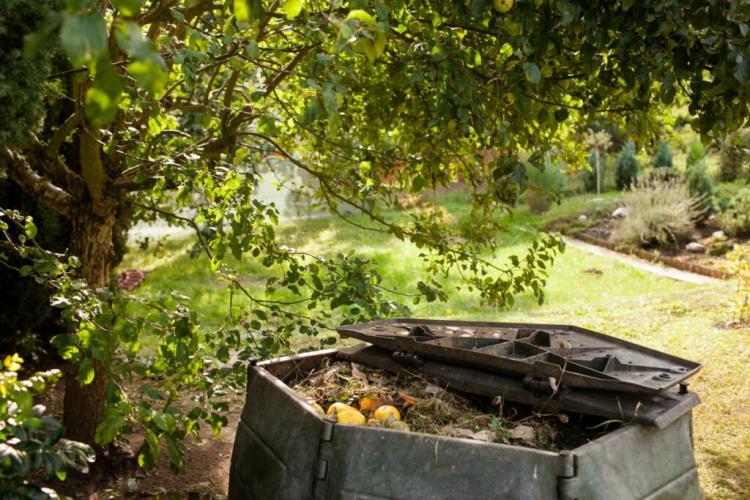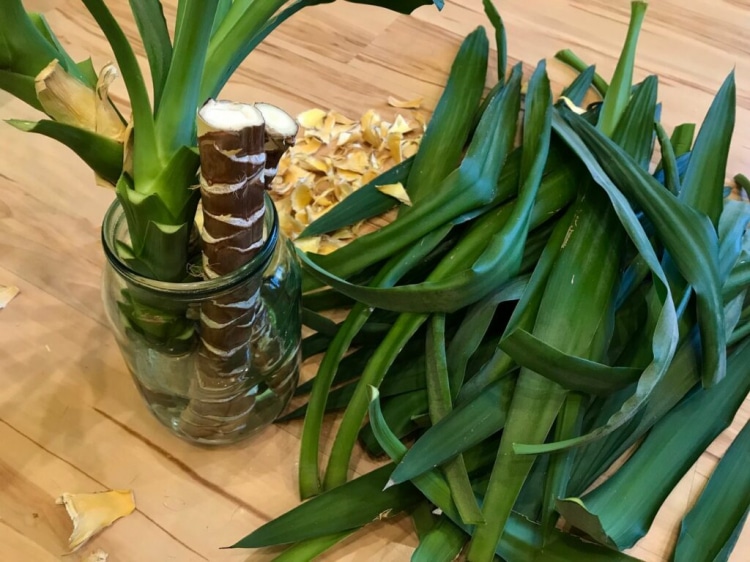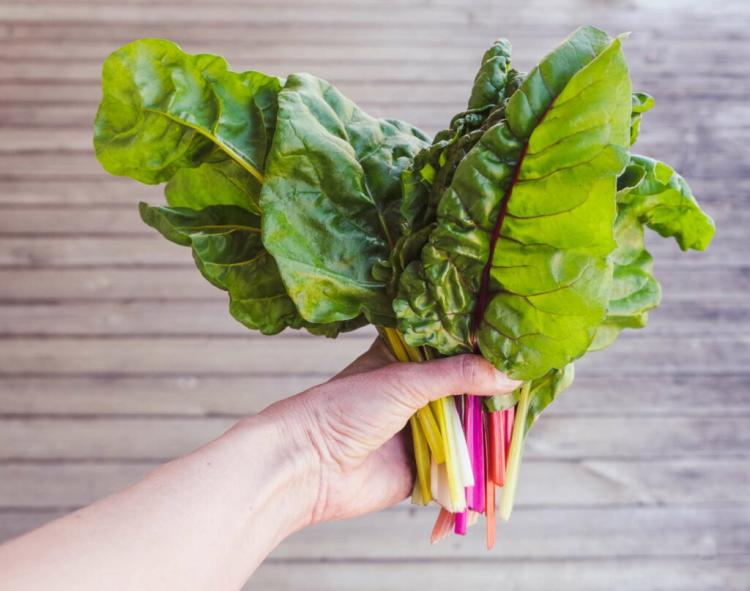Shallot: The Little Sister Of The Kitchen Onion
The shallot cannot deny the many similarities with the kitchen onion. Nevertheless, the leek plant also has its special characteristics. In the past, the shallot ( Allium cepa var. aggregatum ) was a species of its own in the plant kingdom. It was known as the Allium ascalonium. Today it is botanically classified as a subspecies of its big sister – the kitchen onion ( Allium cepa ).
The shallot belongs to the Amaryllidaceae family. As a classic leek plant ( Allioideae ), the shallot also forms a typical umbellate flower – provided that the plant, which comes from warm Central Asia, comes into flower in our cooler climes. The commercial cultivation of shallots is mainly concentrated in Europe, although Mexico produces most of the shallots for the world market. Incidentally, the onion popular in the kitchen is a compressed shoot with so-called fleshy lower leaves.
The individual subterranean leaves that are suitable for consumption can be recognized by the shape of their bowls. While the kitchen onion only forms one large onion, the shallot can also be divided into two parts. The shallot is almost outrageously undemanding in cultivation, provided it meets the right soil requirements. We show how you can harvest the shallot seasoning for the kitchen from your own garden soil in autumn.
Grow shallots
Table of Contents
Location
The premium location for shallots is sandy soil in a warm location. The sunnier, the better is also the motto. But the bulbous plant also arranges itself with other site conditions. The soil just shouldn’t be too heavy and compact. Then waterlogging can cause the onion to rot or prevent it from ripening completely. The neighbors in the bed also want to be chosen carefully. The shallot does not get along well with various types of cabbage or other onion plants in the immediate vicinity.
However, the shallot feels very comfortable when planted next to carrots. In addition, shallots should not follow in the same location again after cultivation in the next year. This would promote unfavorable environmental factors such as one-sided nutrient deprivation or the increased presence of pests such as the onion fly or nematodes. The shallot can also be grown successfully and without hesitation in the balcony box.
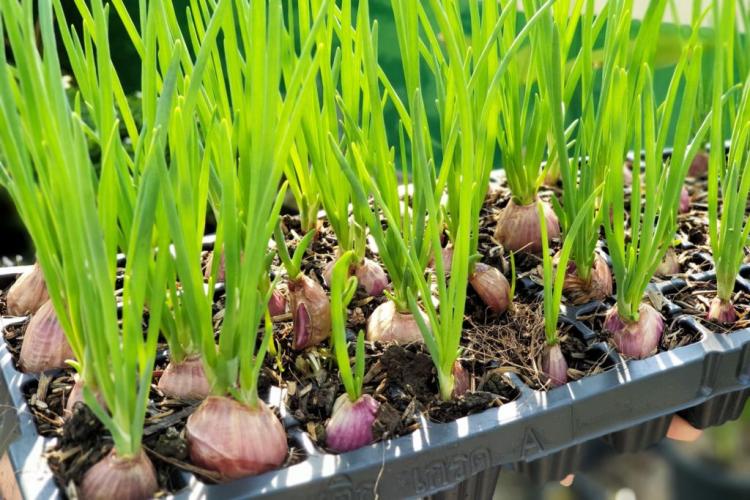
Propagating and planting shallots
As already mentioned, the shallot mostly does not flower in our latitudes – the moderate temperatures are simply a little too cool for them to reach this stage of development. However, there is the possibility of separating the daughter onions to multiply the onion plant. In contrast to the kitchen onion, the formation of daughter onions in the shallot does not have to be preceded by flowering. It can develop five to seven small pupils per bulb without blooming.
These small offspring are put into the ground in the spring of March. Attention: It is essential to stick the onion in the direction of growth – that is, with the fine roots downwards – otherwise it will be very difficult for the shallot to sprout upside down and push the leaves into the daylight. There should be a distance of 15 to 20 cm between the individual onions within the row. This also applies to the culture in the balcony box.
The recommended planting depth for the shallot bulbs is about 5 cm. In addition, the soil should be nice and loose so that budding is not unnecessarily difficult. Since the shallot onion can withstand temperatures as low as -10 ° C, depending on the variety, protected in the ground, it is possible to plant the plant in the ground in warm regions as early as autumn. However, this also increases the time in which the planting bed has to be worked on and cared for.
Watering and fertilizing shallots
The shallot is more than frugal when it comes to water and nutrient supply. Watering is only required in extremely dry conditions. Immediately after plugging and before harvest, when the onions ripen, you should completely dispense with an additional water supply. More frequent watering may be necessary when growing in the balcony box. When the time has come, you can tell when the above-ground leaves begin to sag. When it comes to fertilization, the shallot does not require any complicated procedural protocols. In the spring preparation, a little primarily organic slow-release fertilizer or compost should be incorporated into the planting bed. Organic fertilizer is ideal for this. For the cultivation in the balcony box, simply choose high-quality and nutrient-rich soil.
Maintenance
The shallot is also not particularly difficult to care for. Only weeding needs to be followed up regularly. The competition from unwanted wild herbs in the bed quickly harms the growth of the shallot and leads to a reduced harvest.
Shallot varieties: small but subtle differences
Above the surface of the earth, the different types of shallot do not differ. However, characteristic peculiarities of the onions can be found underground. All of them are usually offered as onion sets. We will introduce you to the common varieties with their specific characteristics.
- French Longer: the classic with an elongated shape and pink shells.
- Golden Gourmet: yellow, spherical onion with a spicy aroma.
- Herring: Shallot variety with a light, white peel of the onion.
- Red Sun: Classic shallot variety certified for organic cultivation.
- Yellow Moon: similar to the ‘Golden Gourmet’ variety with the yellow skin color of the spherical onion.
Harvest and store shallots
The harvest of the small, spicy onions can begin in August. Depending on the weather and the variety, it takes about 90 to 120 days from the time of sticking to the onions being ready to be harvested. When it is exactly that far can be recognized by the beginning withering of the above-ground shallot leaves. Then the onion can simply be pulled out of the earth without much effort. This is best done on a relatively warm, but above all rain-free day. The dry climate during harvest makes the shallots easy to store.
To extend the shelf life of the shallots, it is best to first dry them for a few days in a dry, well-ventilated place. Any soil residue should be carefully removed from the onion. The dried leaves do not have to be removed – they are ideal for tying the shallots together in a bunch or a decorative braid. If the leaves should give way for storage, at least 5 cm should be left. So it is more difficult for the so-called head rot to penetrate the onion and subsequently destroy the harvest. If the shallot onions are stored in an airy place in the cellar at 10 to 15 ° C, their usability can be extended by a few months without restriction.
You can find even more interesting facts in our article Shallots: How to harvest and store correctly.
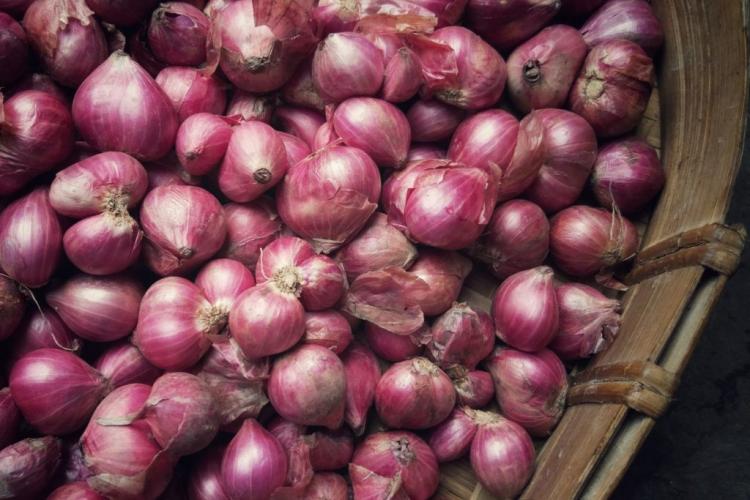
Use shallots in the kitchen
When it comes to using, the shallot is not fundamentally different from the kitchen onion. The two closely related leeks are competing for space on the cutting board. The shallot, on the other hand, draws the short straw when it comes to frying. The little sister of the kitchen onion is not particularly suitable for this, because frying quickly develops a bitter taste. On the other hand, the shallot has a milder taste and a little less spicy.
The shallot is therefore an easy-care alternative to growing the kitchen onion in your own garden. The harvest can be brought in in late summer and autumn without great care and the simple formation of daughter bulbs means that offspring are available for cultivation in the following year.
